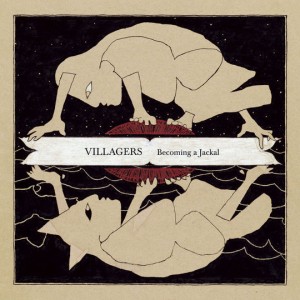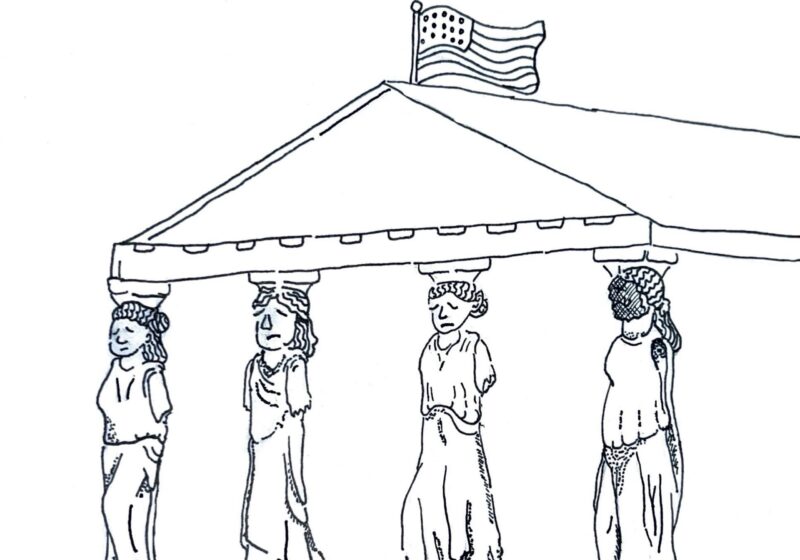Although released as The Villagers’ debut album, the 2010 LP “Becoming a Jackal” speaks from years of experience. The album was produced shortly following the collapse of frontman Conor O’Brien’s previous project, a group called The Immediate. Now, as singer and songwriter for The Villagers, O’Brien pours his soul into the band with success — “Becoming a Jackal” received critical acclaim and soared to the top of the Irish charts.
Abroad, however, the album has been less successful, overlooked in favor of other 2010 releases by Arcade Fire and Kanye West. Still, “Becoming a Jackal” has much to offer. In a world where most popular music pushes the decibel limit, “Becoming a Jackal” extends a remarkable dynamic range. The softer moments allow for dramatic crescendos unheard of outside of classical music. The haunting melodies are complemented perfectly by O’Brien’s careful lyrics. The broad vocabulary produces creative rhymes. Meanwhile, O’Brien’s sustained sibilant vocals give the lyrics a lingering quality, forcing listeners to focus on every word.
The album reaches its climax with the song “Pieces,” when O’Brien suddenly begins howling like a wolf while strings continue in the background. As madness overtakes him, the melody quickly descends into dissonance.
Altogether the album tells a compelling story, presenting moving songs from start to finish. Below the poignant melodies there are hints of a loose underlying narrative. It describes coming to terms with the savage realities of the world, asking the question: Is it better to join the jackals or be ripped to pieces?




